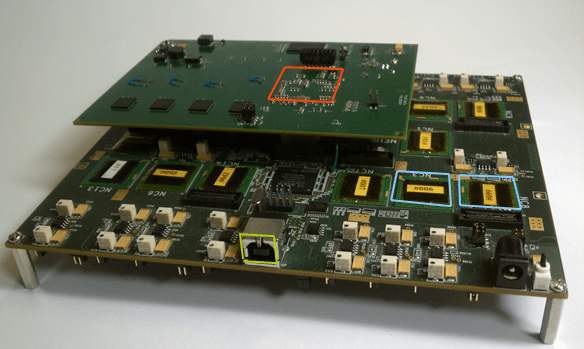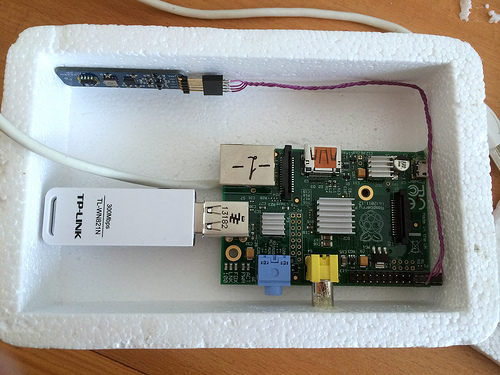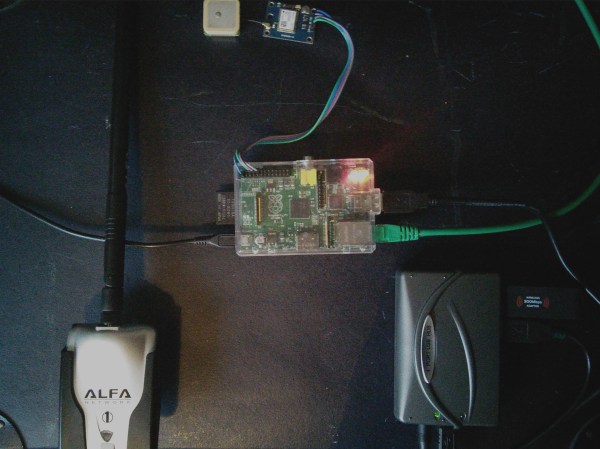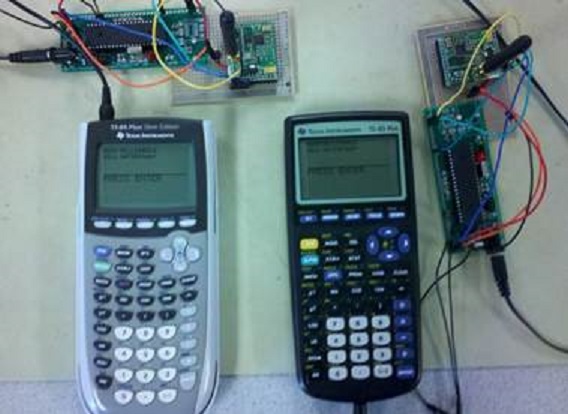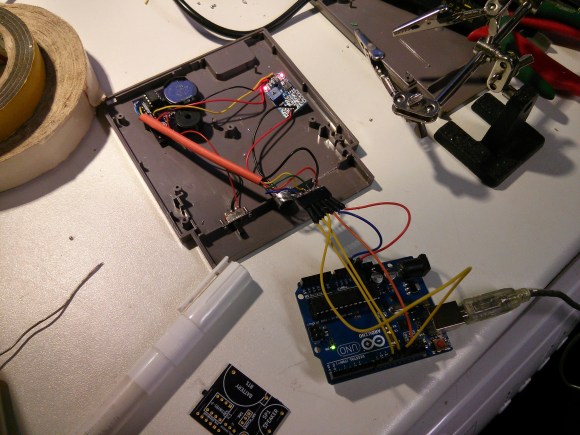
The idea of a road is relatively simple – a durable path from point A to point B. Development of roadways usable for wheeled carriages has been perfected over the centuries. The Romans, for instance, used a base layer of crushed limestone that would let water flow out, preventing clay soil from turning into mud. Some Roman roads were topped with six sided capstones, also known as pavers, many of which still exist today.
The invention of the horseless carriage necessitated roadways that could be used at high speeds. Tarmac, asphalt and concrete roads followed, and thus ends our short venture into the history of roads. Roadways simply haven’t changed much since then. Sure, we’ve painted some lines on them, even etched grooves in some to prevent accidents, but the core technology of the road is the same as it was a hundred years ago. Until now. Consider the Intelligent Roadway.
[Scott] is an electrical engineer, and had dreamed of solar powered roadways as a child. But it wasn’t until the realization of global warming did [Scott] and his wife, [Julie] start to take the concept seriously. Stick around after the break to find out just how smart [Scott’s] roadway of the future is.
Continue reading “Intelligent Roadways Pave Way To The Future”


